"Stone Carved Anthropomorphic Sculpture From The Recuay Culture Peru 400bc-400ac"
ANTHROPOMORPHIC SCULPTURE CARVED IN STONE FROM THE RECUAY CULTURE PERU 400BC-400AC Recuay is an archaeological culture of ancient Peru that developed in the Sierra of the current Peruvian department of Áncash between 200 AD. C. up to 600 d. C. It corresponds to the stage called Regional Developments, it has also been called the Huaylas or Santa culture. Like other early cover crops, little is known about this crop. The most accepted position is that it was an extension of the Chavin culture, after the influence of the "Blanc sur Rouge" style in the region. Regarding the political aspect of the recuay, there is a hypothesis that calls into question their autonomy and maintains that the recuay would be part of one of the many political units that made up the Moche state. The recuay style, characterized by its ceramics and stone carving, was originally described by Eduard Seler in 1893, based on ceramic specimens brought to the Ethnographic Museum in Berlin by Mariano M. Macedo. Seler named this style of pottery Recuay, based on the report that these pieces had been found in the town of Recuay. Later studies showed that this characteristic pottery did not originate in Recuay but in Copa, near Carhuaz, which is why the name change to that of this town was proposed. Eventually, the name Huaylas was used for this culture. In 1919, Julio C. Tello explored the area and recovered lithic sculptures and Recuay-type ceramics. In the 1960s, Rafael Larco Hoyle proposed changing the names of Recuay and Copa to Santa, arguing that the Recuay style originated in the coastal regions of the Santa Valley. However, Recuay's name persisted. His timeline is also highly questionable. The timing of its origin between 0 and 200 AD is discussed. C. and its end or collapse is usually set at 600 days. C. probably caused by the invasion of the Huari conquerors. It encompassed almost all of the Callejón de Huaylas, a narrow valley fed by the Santa River and sandwiched between two mountain ranges, the Cordillera Blanca to the west and the Cordillera Negra to the east. Its influence extended east to the Marañón river basin and west to the upper parts of the Santa, Casma and Huarmey valleys. To the north, it reached the town of Pashash, in the province of Pallasca. The region of Copa, district of Marca, province of Recuay, department of Ancash seems to have been the center or the main nucleus of cohesion of this culture. The name of the culture would then be justified, derived from the province of the same name. Other important settlements were those of Huilcahuaín (near present-day town of Ancash), Cátac, Araucay, Tambo, Jancu, Upayacu and Pashash (near present-day town of Cabana). Its main form of artistic expression was stone work (sculpture and masonry), inherited from its predecessor, the Chavín culture. In addition, they made mass sculptures that depict warriors with shields or trophy heads, with which they decorated their complex architectural constructions. They also made white clay pottery in a wide variety of shapes and a textile replicating the designs of the pottery. Provenance: Collection Dr. Professor: Udo Oberem (1923-1986) On November 24, 1986, Udo Oberem died suddenly and unexpectedly in Bonn, just before his 63rd birthday. The deceased were a number of professors of ethnology - with particular attention to Americanist Studies ("Alt-Amerikanistik") - at the Faculty of Philosophy of the University of Bonn and director of the Institute of Cultural Anthropology. Title: RECUAY STATUE. Object: Statue of an Anthropomorphic figure Type: Sculpture Culture: Recuay-Peru Chronology: 400bc-400ac Dimensions: 37x26x28 Technique: Stone block sculpture 

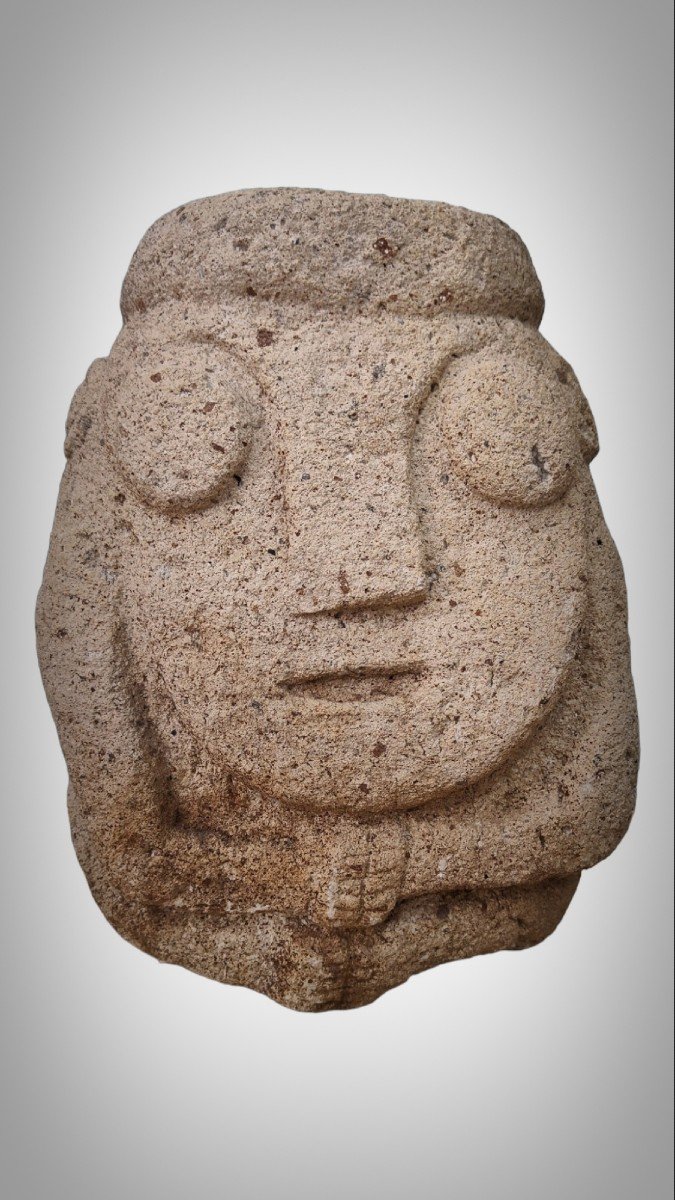
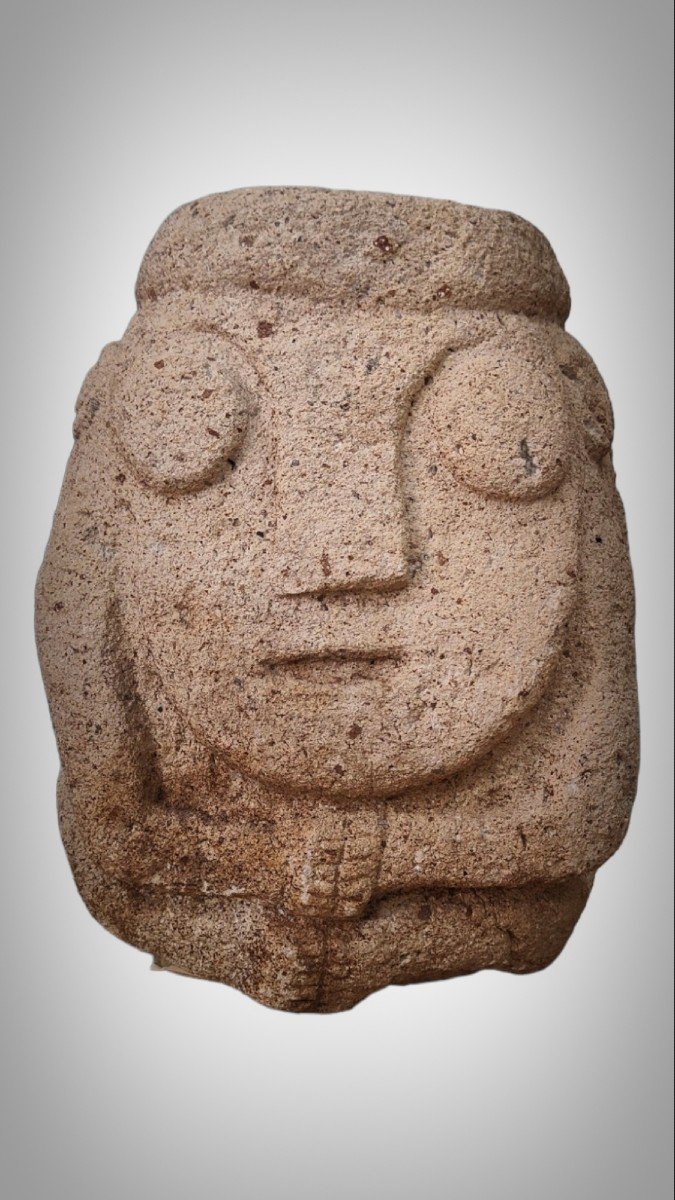
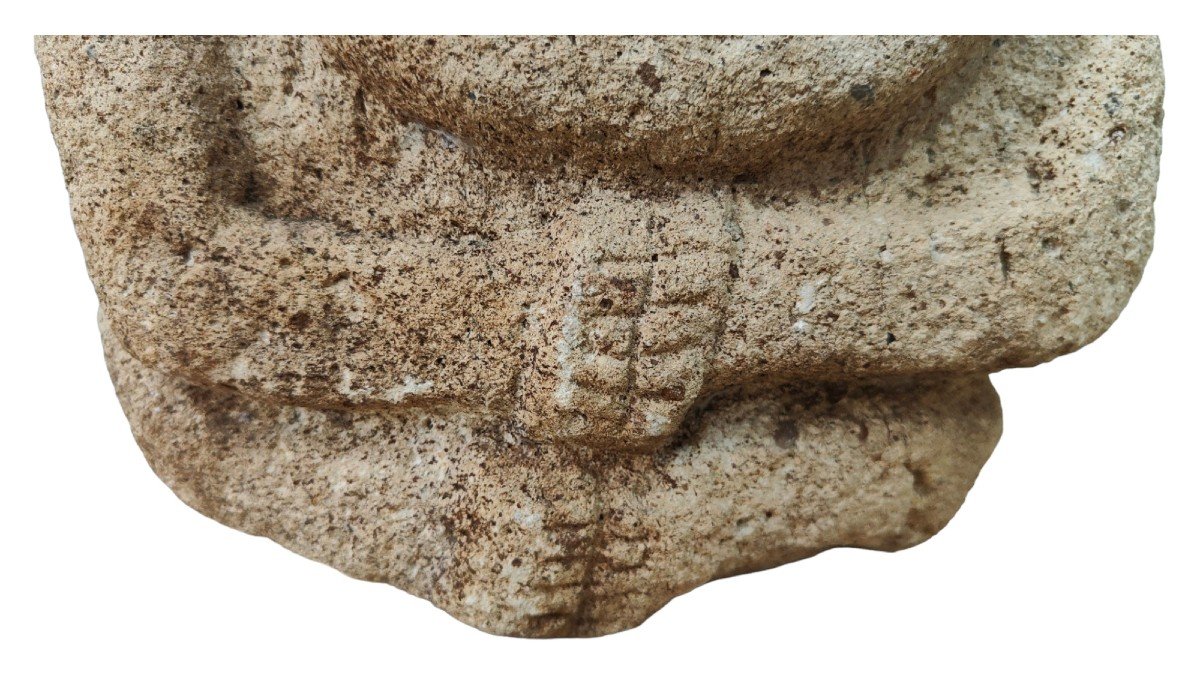
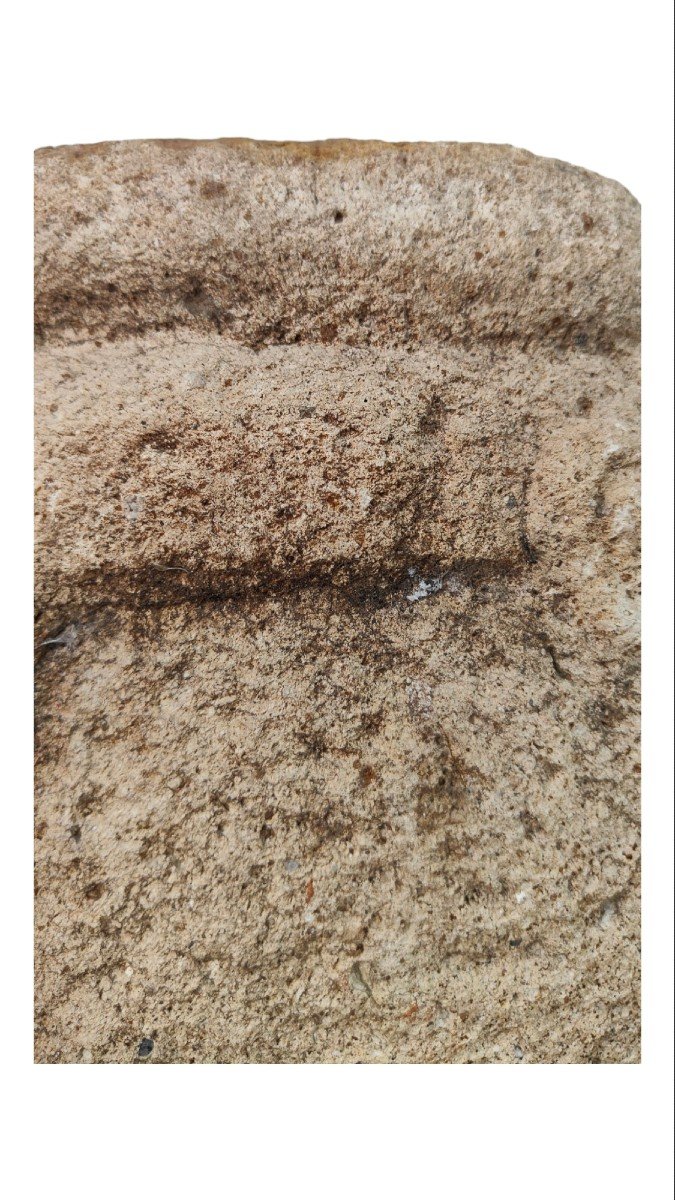
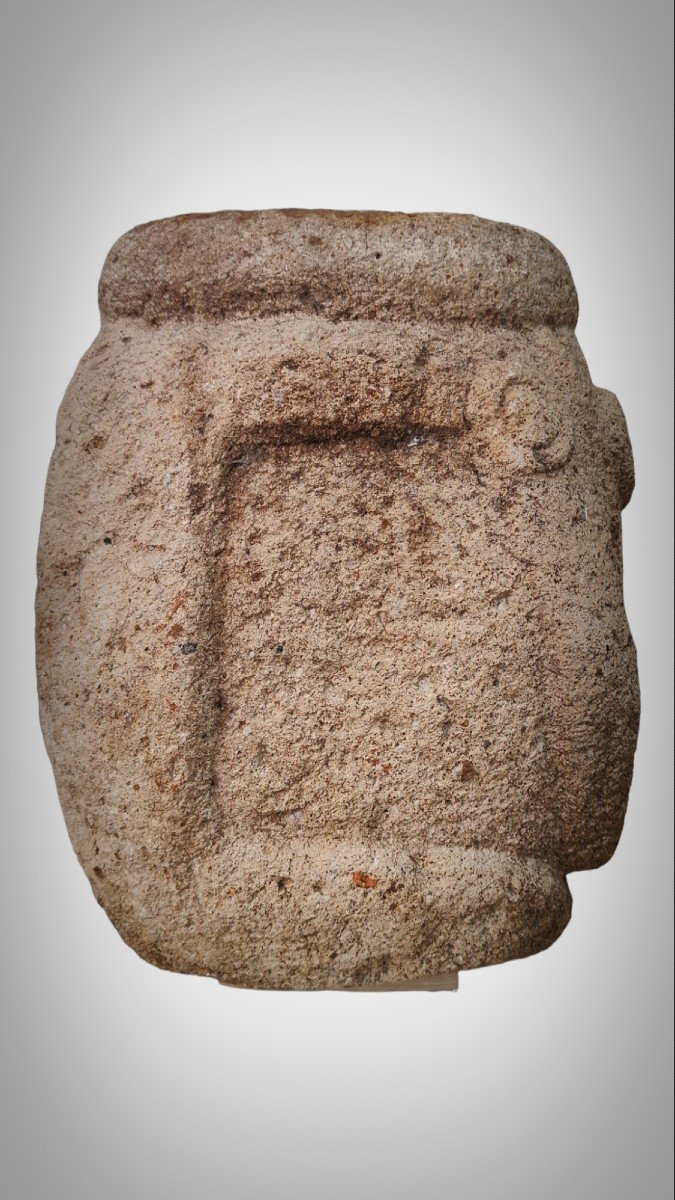

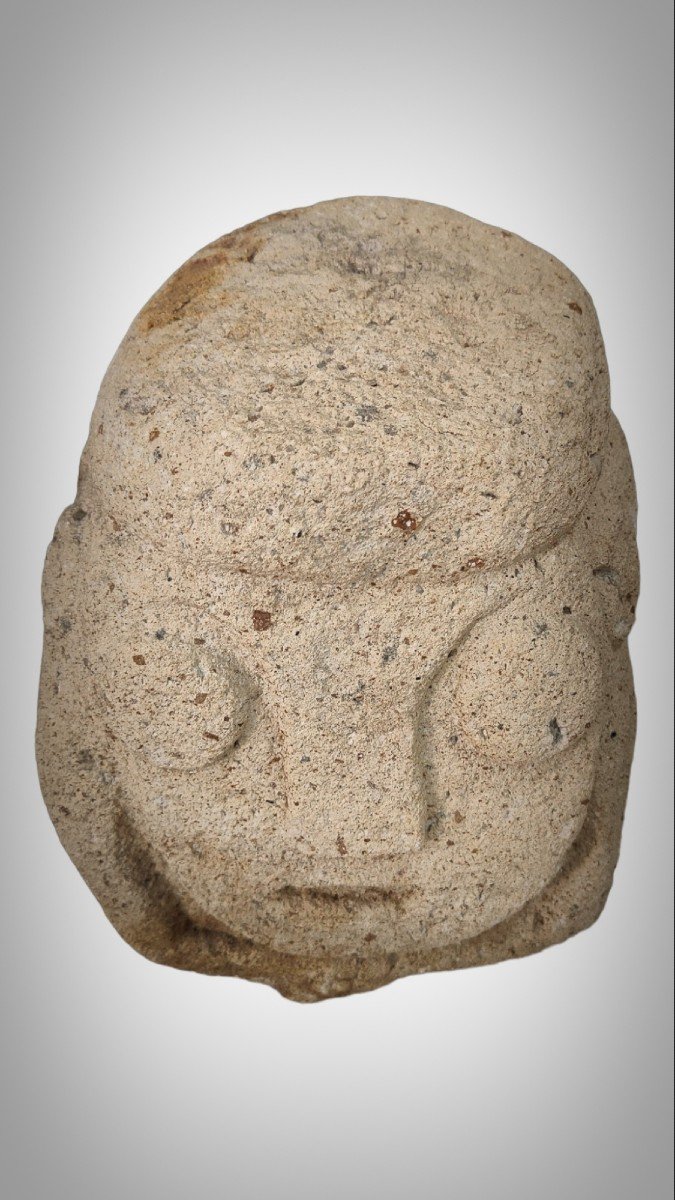
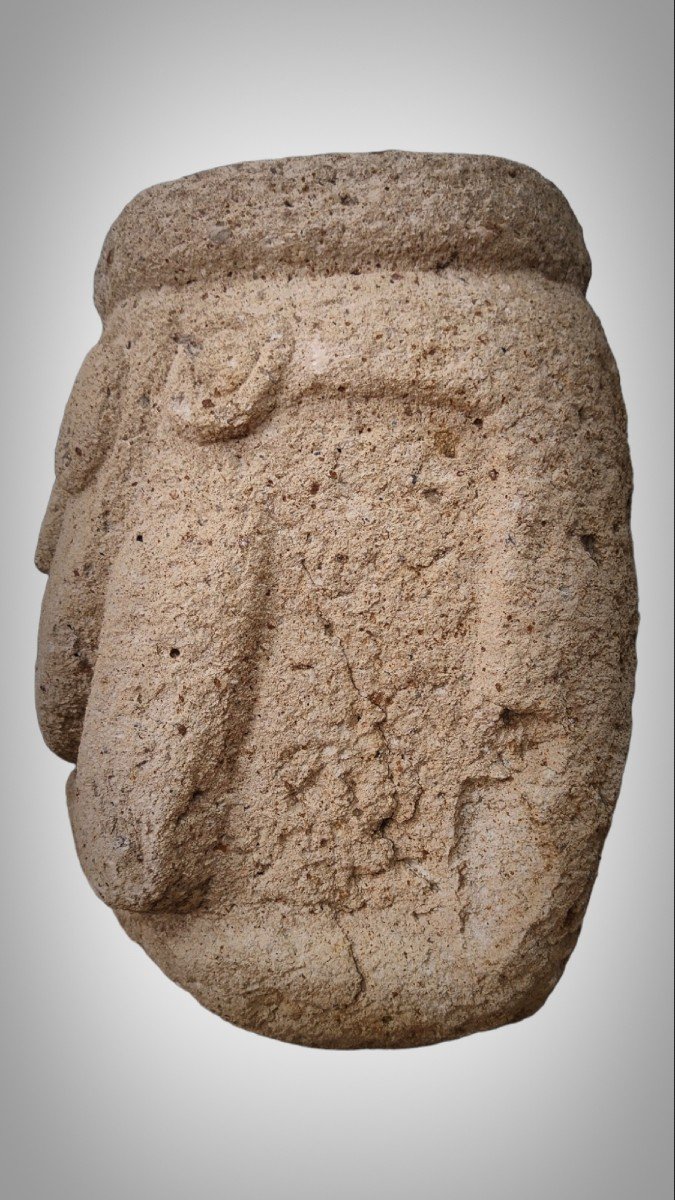
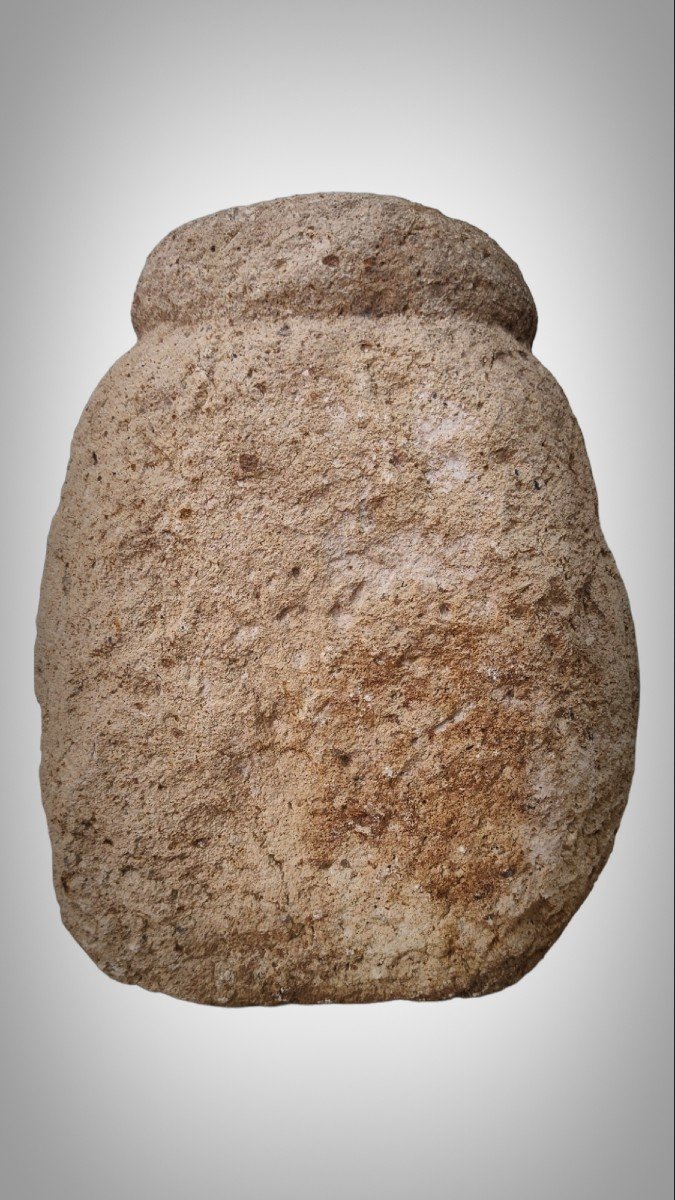
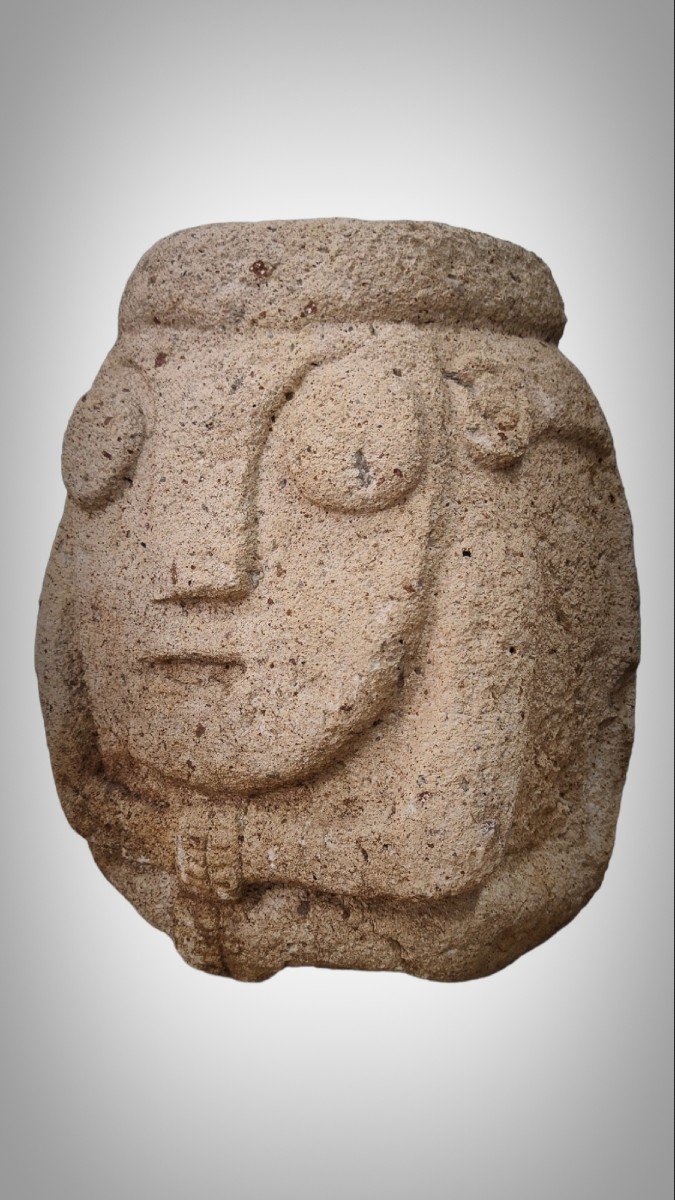
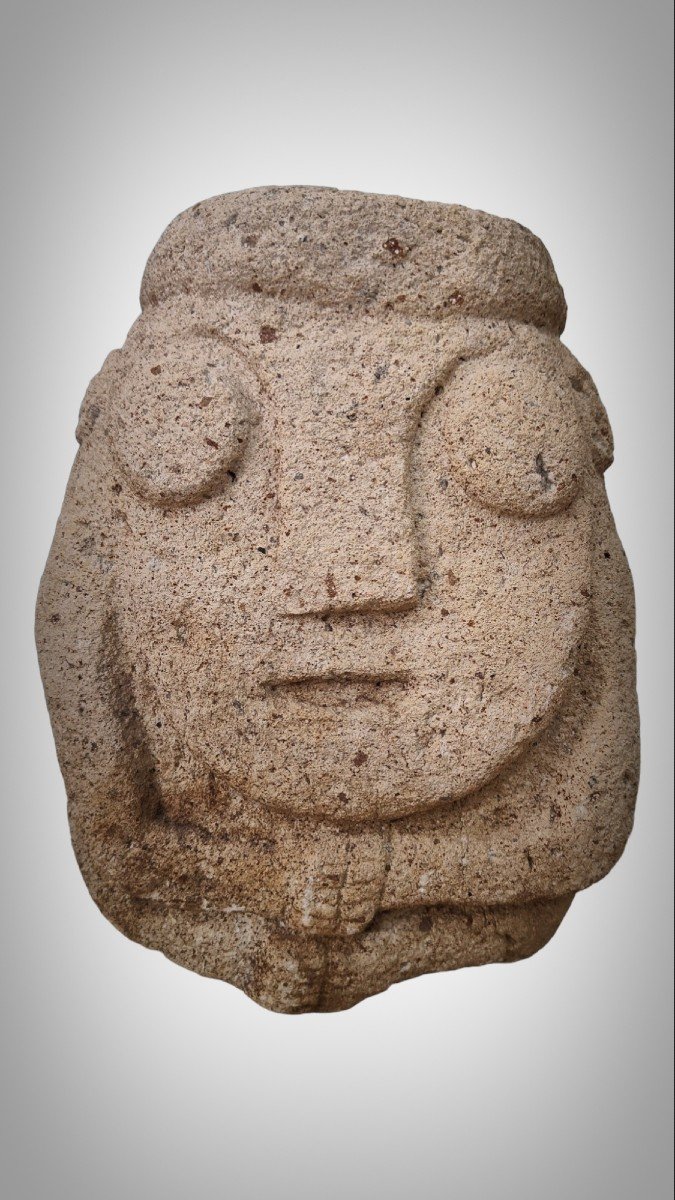












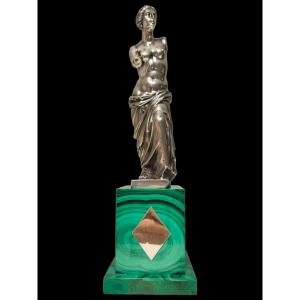


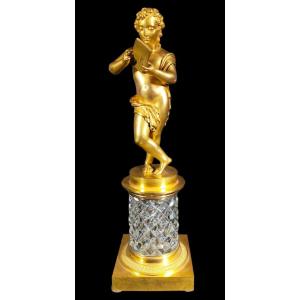
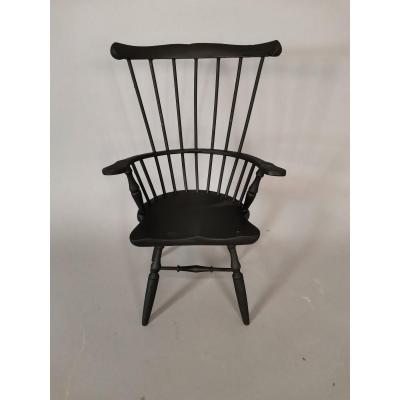
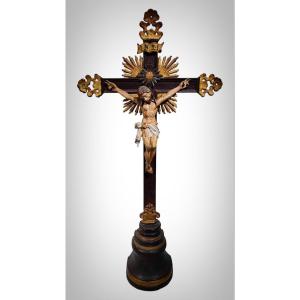

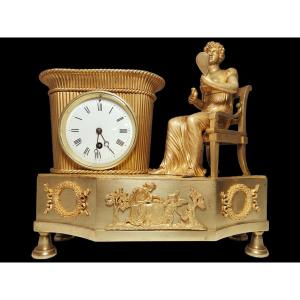


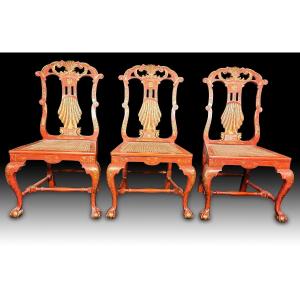
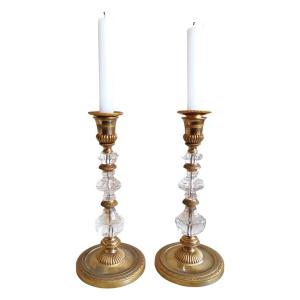
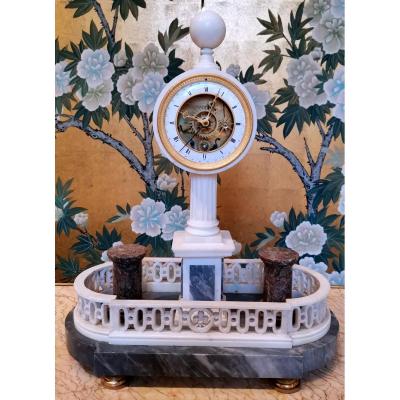
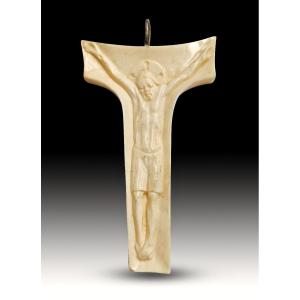


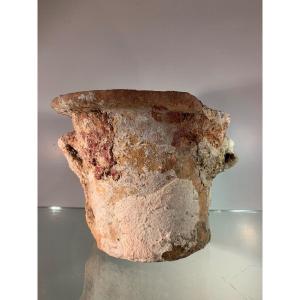

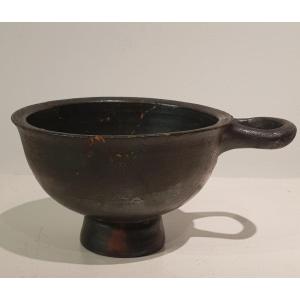
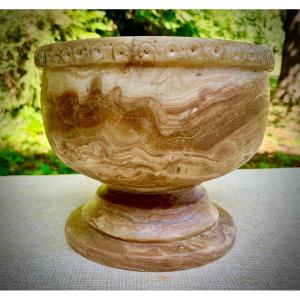




 Le Magazine
Le Magazine Rivista Artiquariato
Rivista Artiquariato TRÉSORS magazine
TRÉSORS magazine